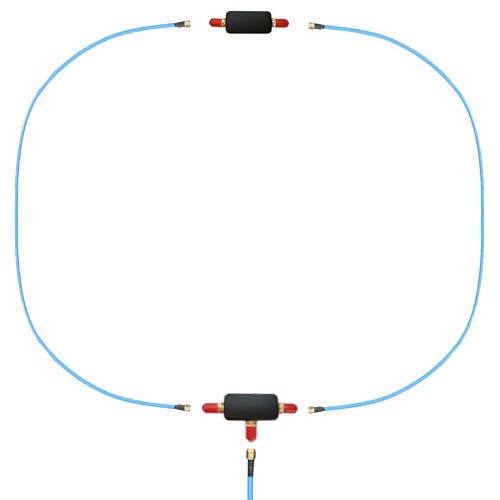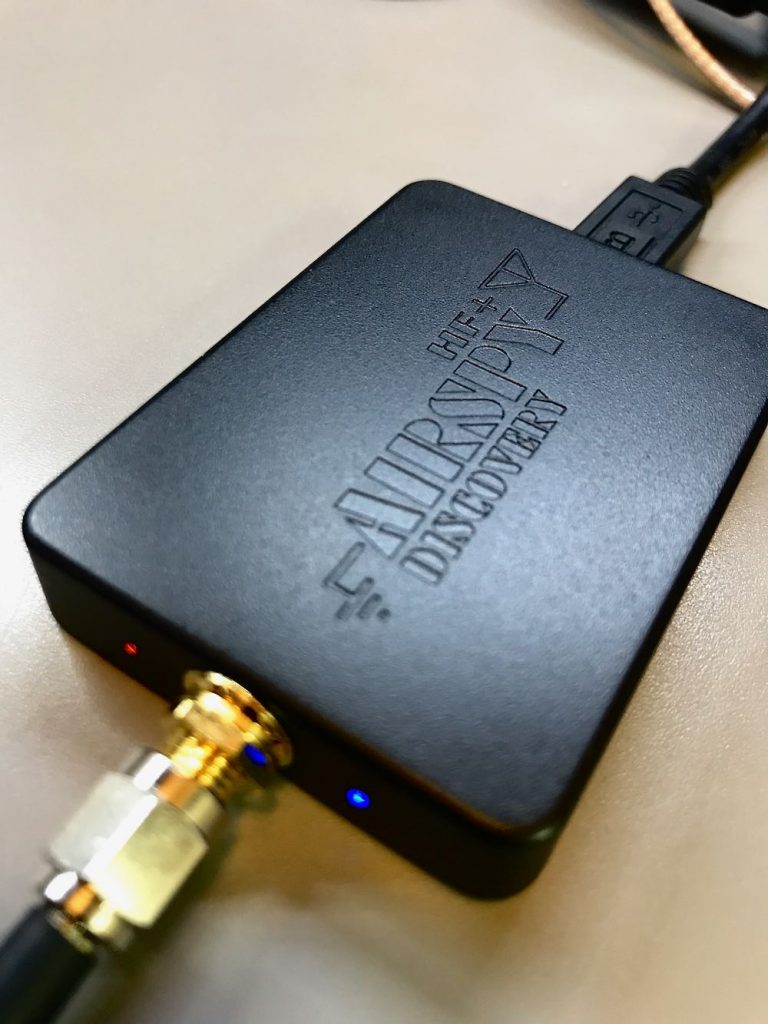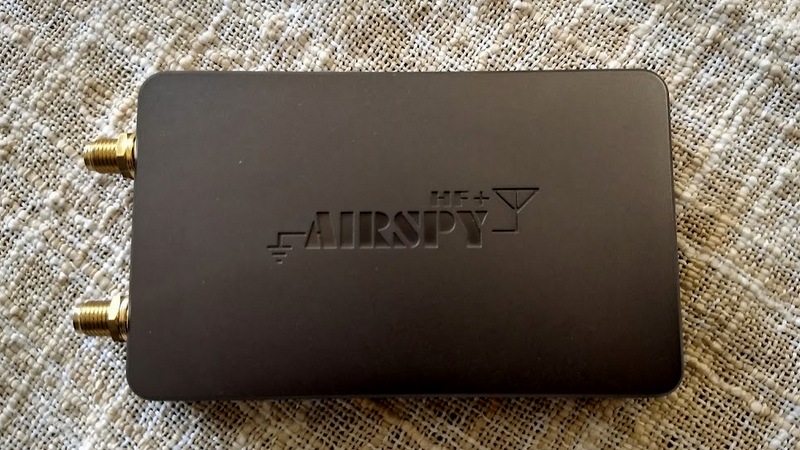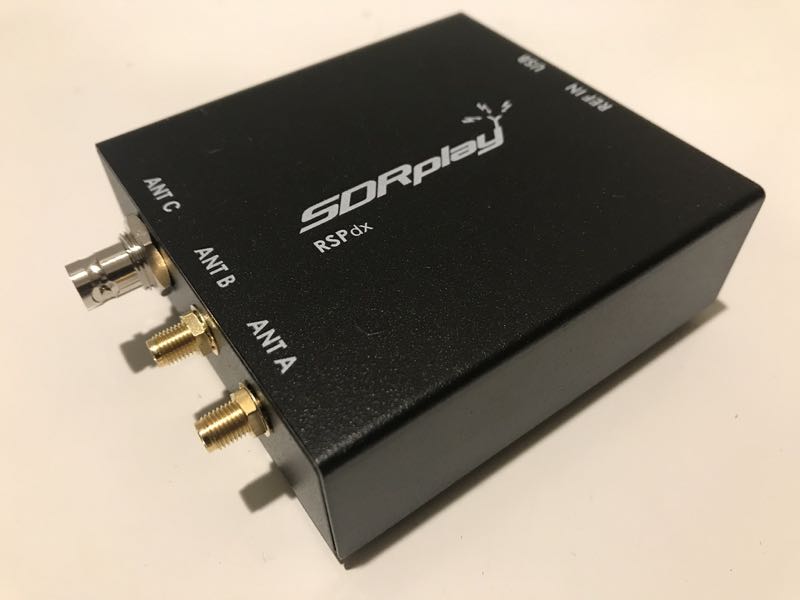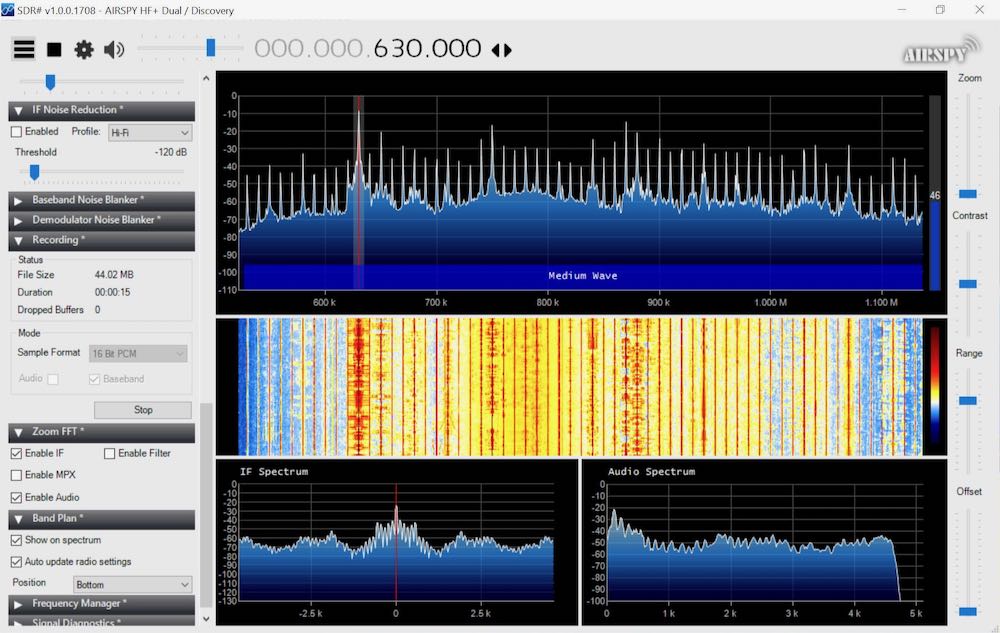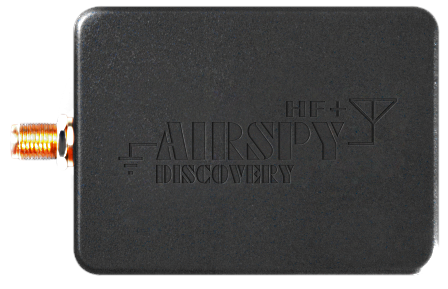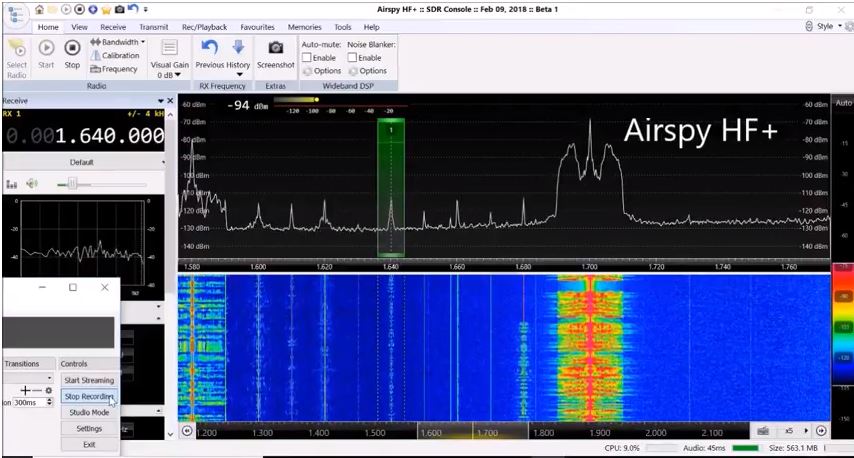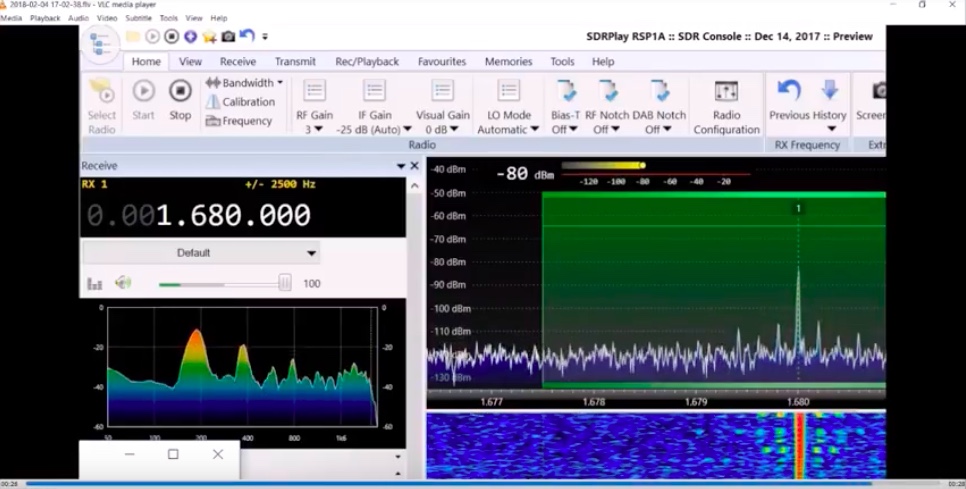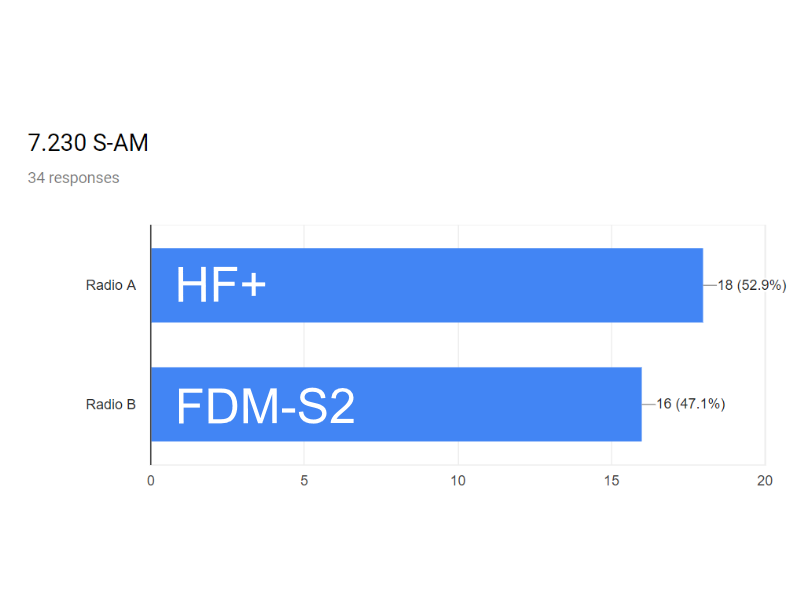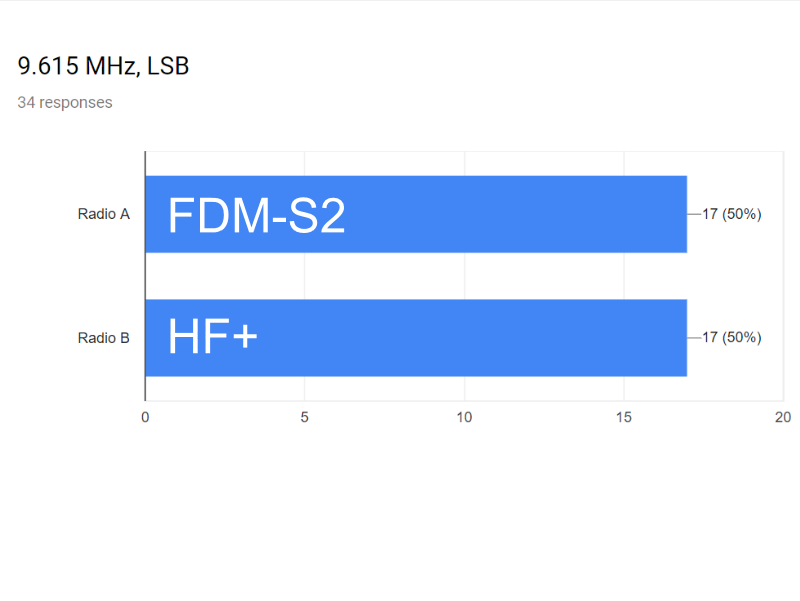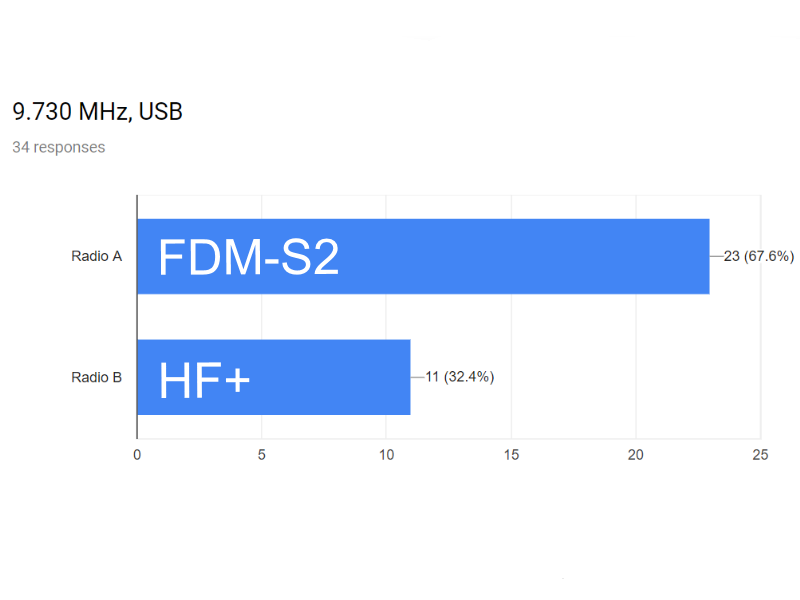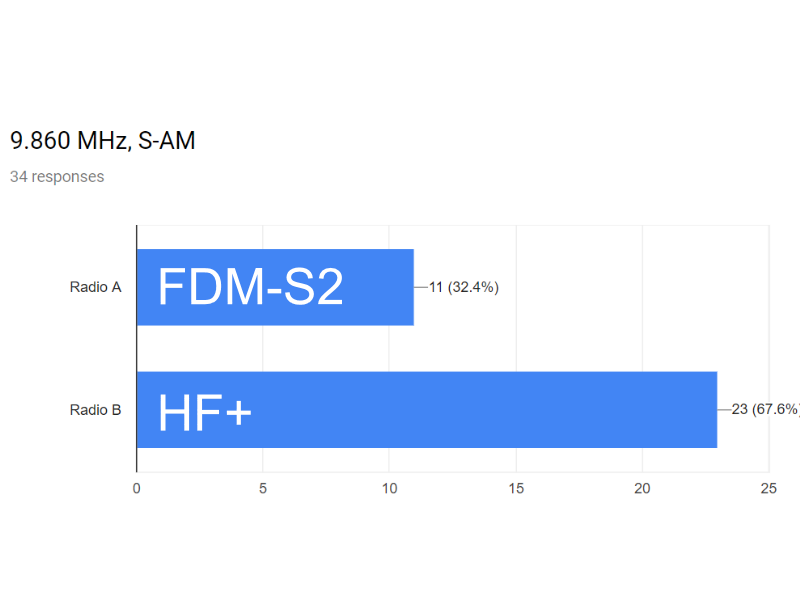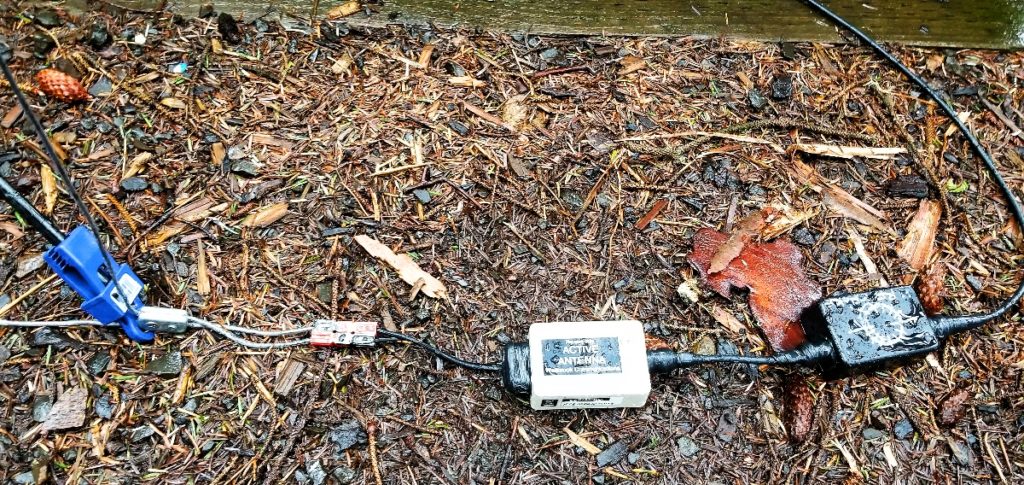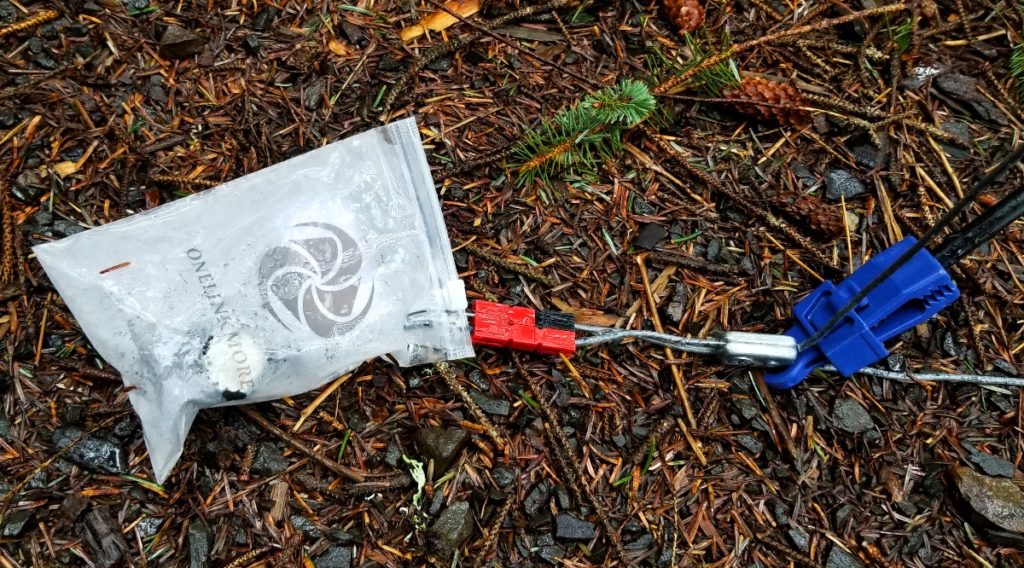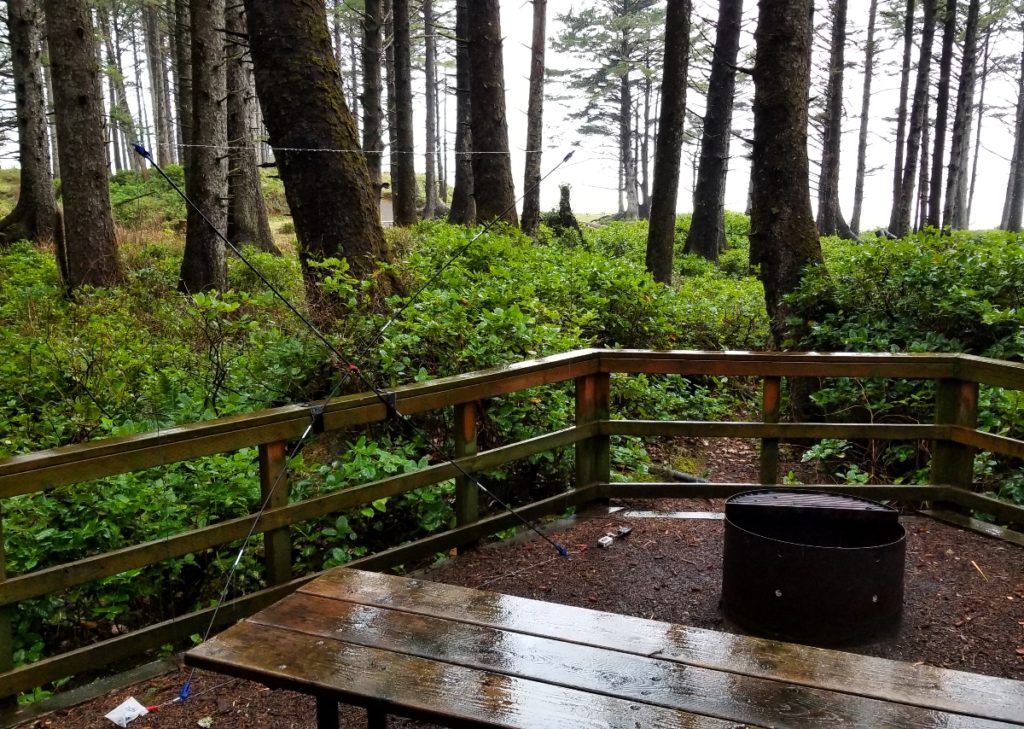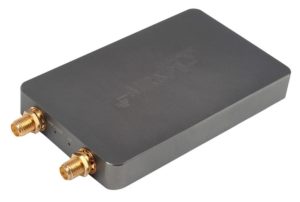Before I start talking Youloop, I have a little confession to make up front:
At the Winter SWL Fest when I gave a presentation about Portable SDR DXing, not only did I give attendees the wrong name of the Airspy Youloop antenna, but I also configured it incorrectly, hence the poor performance via my Miscrosoft Surface Go tablet PC.
I had assumed the the crossover component of the antenna was the transformer component. I realized the mistake I made when I saw some of the first promotional photos of the Youloop antenna a few weeks ago.
Doh! I’m trying to forgive myself for making such an obvious mistake, but in my defence–and in the spirit of full disclosure–my antenna was a very early sample prototype without instructions, diagrams, etc. so I set it up imagining it being similar to the homebrew loop Vlado and I built. (FYI: When I say “Vlado and I built” it, I really mean, “Vlado built it.”)
So obviously I made a poor assumption.
Once I assembled the antenna correctly? Wow. Just. Wow!
Youloop: The ideal travel antenna for high dynamic range SDRs

The Youloop, Airspy HF+ Discovery, SDRplay RSPdx, and all cables easily fit in my Red Oxx Lil Roy pack.
The Youloop is truly the travel antenna I’ve always wanted for portable SDR DXing. Here’s why:
- It’s incredibly portable and can be rolled up to fit in a small travel pouch
- It has all of the low-noise characteristics of other magnetic loop antennas
- It’s wideband unlike many passive loop designs
- It requires no variable capacitor or tuner
- It’s made of quality components
- It requires no external amplifier nor power source
- It takes one minute to assemble
- It’s affordable (~$35 USD shipped)
The only caveat? To take advantage of the Youloop, you must use a high dynamic range receiver.
I can verify that this antenna works brilliantly with the Airspy HF+ Discovery.
It will also pair well with the Airspy HF+ if you shortcut R3 via the R3 modification.
I’ve also used it numerous times with the new SDRplay RSPdx while using SDRuno in High Dynamic Range (HDR) mode. With the RSPdx, I can make spectrum recordings of the entire AM broadcast band. Note that HDR mode is only available on the RSPdx at 2 MHz and below, using the SDRuno app.
I have not tested the Youloop with other SDRs yet. I will soon test it with my WinRadio Excalibur.
So how well does the Youloop perform?
Listen for yourself!
I’m doing a little cargiving family members today. Their home is swimming in RFI (radio interference/noise). In the past, I’ve struggled to make good mediumwave recordings at their home–certainly an ideal situation for a mag loop antenna.
This morning, I wanted to record one of my favorite local AM stations (WAIZ at 630 kHz), so I set up the Youloop in the middle of a bedroom, hanging off a large bookshelf set against an interior wall. In other words: not an ideal situation.
When I plugged in the Airspy HF+ Discovery and loaded the Airspy SDR application, I fully expected to see a spectrum display full of broadband noise.
Instead, I saw signals. Lots of signals:
Sure, there’s some noise in there, but it’s low enough I could even do proper mediumwave DXing on most of the band if I wished.
In fact, if you’d like to experience the HF+ Discovery/Youloop pairing in this compromised, less-than-ideal DXing setup, why not tune through one of the spectrum recordings I made?
Click here to download the spectrum file [885.7MB .wav].
The recording was made on March 30, 2020 starting around 10:50 UTC. You’ll need to open this file in AirSpy’s free application SDR# or a third party SDR app that can read AirSpy .wav files.
I can’t wait to try the Youloop in other locations. Since we’re in lock-down due to Covid-19, I won’t be able to try the Youloop in a hotel any time soon. Almost all of my 2020 travel plans have been canceled.
Highly recommend
If you have one of the SDRs mentioned above, go grab a Youloop. At $35 USD, it’s a fantastic deal.
Click here to check out the YouLoop at the RTL-SDR.com store ($34.95 USD shipped).
Click here to check out the YouLoop at Airspy.US ($29.95 + shipping).
Click here to search for AirSpy distributors in your region/country.
If you don’t have a high dynamic range receiver, note that Airspy is exploring the idea of making a pre-amp for the Youloop. If interested, you might drop them a note of encouragement!
Do you have a Youloop? Please share your comments!
Do you enjoy the SWLing Post?
Please consider supporting us via Patreon or our Coffee Fund!
Your support makes articles like this one possible. Thank you!


